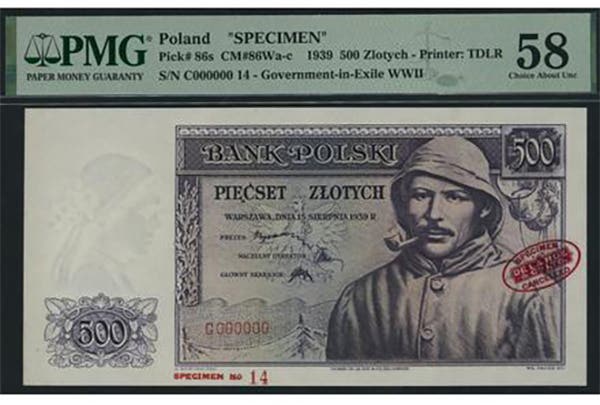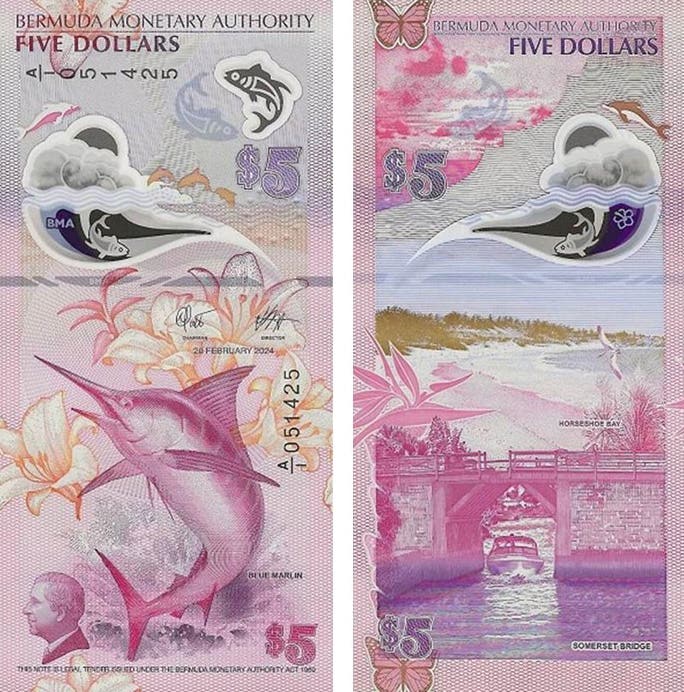Making A Pit Stop in Pottsville, Pennsylvania
While there wasn’t enough time to explore everything Pottsville offers, a return trip is planned for a more in-depth experience, even a brief visit to Pottsville, a gem of Pennsylvania’s coal country, comes highly recommended.
Not long ago, I was headed up Interstate 81 (I-81) to a coin show in Wilkes-Barre, Pennsylvania. On the way, I passed the exit leading to Pottsville, the seat of Schuylkill County. Pottsville is a very old city with a vast mining history, so I resolved to check it out on the way home.
The leaves were just beginning to change color, and the sun was shining as I departed I-81 at Frackville and headed south on State Route 61. Pottsville is the seat of Schuylkill County in Eastern Pennsylvania’s old coal region, about 100 miles northwest of Philadelphia. Although once more populous (the population high was near 25,000 in 1940), today, Pottsville is home to around 14,000.
Pottsville’s anthracite coal history began in 1790 when hunter Necho Allen discovered a coal seam. Legend has it that Allen fell asleep at the base of Broad Mountain and woke to the sight of a large fire; his campfire had ignited an outcropping of coal.
By 1795, an anthracite-fired finery forge was established on the Schuylkill River. In 1806, John Potts purchased the forge. By an act of Assembly of the Commonwealth approved on March 1, 1811, the County of Schuylkill was erected out of portions of Berks and Northampton, placing the site of Pottsville in Schuylkill County. The town was formally laid out in 1816 by a local surveyor, Henry Donnell. Pottsville was incorporated as a borough on February 19, 1828.
In 1829, D.G. Yuengling & Son established the oldest-operated family beer brewery in the United States. Yuengling continues its family-owned business today and is the second-largest American-owned brewery. A different family branch from the brewery operated the Yuengling Dairy. Business declined, and the dairy folded in 1985.
In 1851, Pottsville became the county seat; the original county seat was Orwigsburg. The Philadelphia and Reading Coal and Iron Company acquired extensive coal lands. They would become one of the most notable coal companies operating in Pennsylvania until the demise of the anthracite industry after World War II.
Because of its location along the Schuylkill River, Pottsville developed a small textile industry. The Phillips Van Heusen Company, founded in 1881, grew out of this industry. Moses Phillips and his wife Endel began sewing shirts by hand and selling them from pushcarts to the local coal miners.
Until the middle of the 20th century, Pottsville was a popular destination for many traveling acts and vaudeville performers. The 1929 film Berth Marks stars comedy legends Laurel and Hardy as they attempt to reach Pottsville by train for one of their booked performances. Pearl Bailey once resided in Pottsville early in her entertainment career. Soldiers training at nearby Fort Indiantown Gap were prohibited from visiting Pottsville during most of World War II due to the large number of illicit venues and activities at the time.
Van Heusen and other textile companies left the region in the late 1970s, mainly because of foreign competition. Another element of the textile industry was the Tilt Silk Mill on Twelfth Street, which produced silk from Chinese-imported silkworms that fed on mulberry trees in the building’s solarium. The silk business eventually was eclipsed by the development of nylon stockings.
As a large coal-producing city, Pottsville eventually became home to at least four note-issuing national banks. The Miners Bank of Pottsville, a long-established bank, joined the national currency scheme at the end of 1864 and became the Miners National Bank of Pottsville, charter #649. It operated well past the end of the national currency era, only recently being taken over by Santander Bank.
In 2023, Santander Bank left Pottsville, ending the long duration of the Miners National Bank. During the National Currency era, it had a total circulation of over $9 million in a potpourri of notes ranging from the “Original Series” to small-size notes. Notes from this bank are amply available on the market, though early series notes (First Charters and brownbacks) are in rather tight hands. I have included a photo of the $50 brownback note from my collection on this bank.
In May of 1865, Pottsville’s Government Bank converted to national status and became the Government National Bank of Pottsville, charter #1152. This was an unusual title for a national bank (now known as a “forbidden title”) and was, to my knowledge, the only such titled national bank in the country. The bank operated until 1897, when it voluntarily liquidated, issuing just over $1 million in currency. Since just First Charter and Brownback notes were issued, they are hard to find, and given the bank’s unique title, they are in demand. Though I have a $5 brownback from this bank in my collection, it did not photograph well, so I have included a photo of a similar note sold by Heritage Auctions a few years ago.
The following year, 1866, Pottsville’s third national bank, the Pennsylvania National Bank, was opened, and its charter was #1663. This would become Pottsville’s second-largest bank, also surviving the end of the National Currency era. Its total circulation of nearly $3 million is well-represented in the many large and small notes known from this bank. I have included a photo of the $10 brownback on this bank from my collection, obtained at a local Pennsylvania auction many years ago for a very reasonable price.
Pottsville’s last national bank was the Merchants National Bank of Pottsville, charter #8964, chartered at the beginning of 1907. By this time, it was the third national bank in business in town (the Government National Bank having closed in 1897) and found a welcome business. It issued $1.5 million in notes before being closed by the receiver during the Depression in 1934. Since I was limiting my Pottsville collection to brownback notes only, I do not have a note from this bank in my collection but have included a photo of a small-sized note of the “Series of 1929” (see page 15). Small notes from this bank are readily available.
Today, Pottsville is easily reached via Pennsylvania 61, either south of I-81 or north of Interstate 78. The downtown area is an architectural gem, with many well-maintained period buildings. The Schuylkill County courthouse dominates the city. It is a five-story Romanesque structure erected between 1889 and 1891 on a hill overlooking the city. It was the fourth county courthouse erected on that site. It is a fantastic building that is worth a visit. Directly opposite the courthouse sits the 1851 Schuylkill County Jail, a fortress-like structure.
It is easy to navigate into Pottsville’s main business district. I quickly found the Miners National Bank, an imposing structure completed in 1928, enlarged from a smaller building. Since Santander Bank closed, the old building has been vacant. Fortunately, one of the more attractive buildings in town happened to be the Schuylkill County Historical Society (surprisingly open), and the kind women inside helped me locate the other bank buildings using early business directories.
The Pennsylvania National Bank building, now a branch of M&T Bank, is located on West Market Street (as are all the other banks). It is a typical 1920s construction, replacing an earlier building that became too small to manage the business. The old Government National Bank building is further down West Market Street, on the corner of Mahoning Avenue. It is a lovely architectural relic that retains its original style, even with the word “BANK” above the entrance. Much farther down, near the Charles Baber Cemetery, is the old Merchants National Bank building, now refurbished and in use for offices.
While I was taking photos of this last bank, the fire department sirens began to wail, and I soon found myself watching scores of regional fire trucks pouring onto West Market Street. It was not a giant fire or anything similar; it was a firefighter remembrance celebration with equipment from all over the surrounding area. All were blaring their sirens and horns. It was loud but entertaining, and everyone waved at me as I saluted them.
I regret not having enough time to explore all Pottsville had to offer sufficiently. There are many antique shops and mini-malls, and the courthouse and jail (which were closed) offer tours. I plan to revisit it when I have more time. I heartily recommend even a cursory visit to Pottsville, a gem of Pennsylvania’s coal country.








